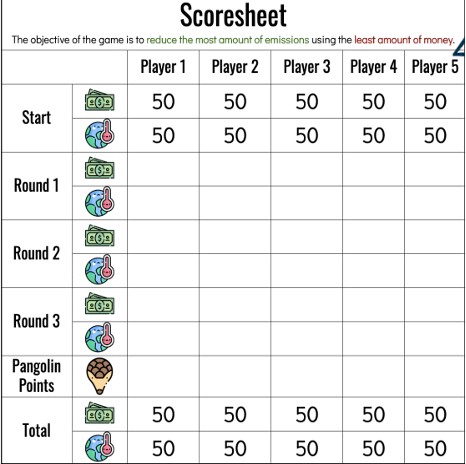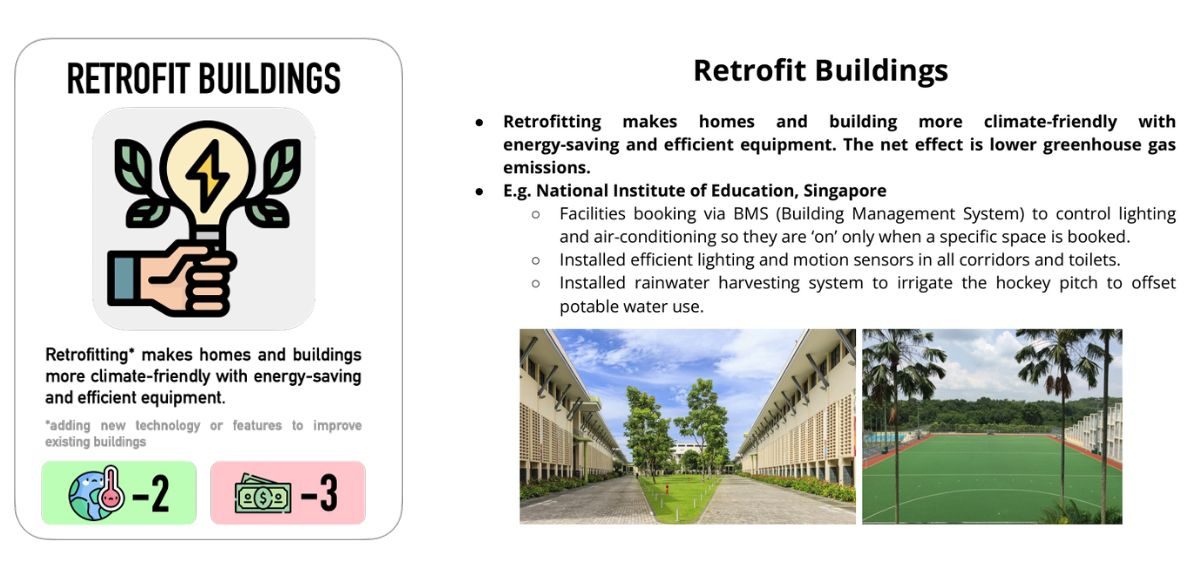Why Singapore’s English Teachers Should Embrace Singlish, Not Fight It
Is it time for Singaporean educators to embrace Singlish as a legitimate learning tool? What the Research […]
Read More
Contributed by Dr Tricia Seow and Ms Radiah Maria Belak, from the National Institute of Education, Singapore, for SingTeach Virtual Staff Lounge
As climate change casts a long shadow over our future, the global spotlight is on sustainability, emphasising the crucial need for innovative sustainability education. At the National Institute of Education, Nanyang Technological University, Singapore (NIE NTU, Singapore), the Sustainability Learning Lab (SLL) stands as a cornerstone in addressing this imperative. Established on September 26, 2022, the SLL is a research centre committed to conducting and supporting studies and practices in sustainability education. Co-chaired by Dr. Tricia Seow, a prominent geography educator and researcher, the SLL actively fosters collaboration within a community of practice by engaging stakeholders.

Figure 1. Students entering the SSL at the NIE campus
Beyond its original goal of creating resources for the Ministry of Education’s Geography curriculum, the SLL has expanded since its inception. No longer confined by subject lines, its scope now embraces the wider world of sustainability education. Since 2022, the SLL has partnered with sustainability advocates in Singapore and the ASEAN region, reaching diverse audiences through various initiatives.
On a more granular level, students and educators are also playing a pivotal role in championing sustainability education, ensuring its integration into the curriculum and its transmission to the next generation of leaders.
One instance is the development of the innovative card game on sustainability education “Getting to Zero” (GTZ) by Ng Wen Xin, a form teacher at Assumption English School. Originally conceived by environmental law researcher Eric Bea and energy policy researcher Melissa Low, Wen Xin further developed it during her student days at NIE, NTU in close collaboration with the SLL.
GTZ is tailored for secondary school geography students and anyone intrigued by Singapore’s energy options and sustainability as a whole. True to its name, the game challenges participants to achieve net-zero emissions while efficiently managing financial resources— where bringing down carbon emissions the most without destroying the economy leads to victory.
– Anonymous Secondary Three Student, on the decision-making process in the GTZ card game
Within the game, students encounter diverse human activities, each with varying carbon footprints, such as deforestation and coal mining. The game incorporates an in-game currency and a scoring sheet for competitive engagement. The broader aim of GTZ is thus to enlighten students about the national and institutional strategies required to reach net-zero emissions, along with the associated trade-offs.

Figure 2. GTZ’s Gameplay Scoresheet
GTZ has made its mark in secondary schools and junior colleges, receiving praise from both students and educators.
“The game was educational because I learned many new policies that I didn’t know existed in Singapore—for example, carbon tax and coastal restoration. It was very memorable.”
– Anonymous Secondary Three Student, on the lasting impact of the game
A junior college instructor lauded the game for its educational and engaging nature.
“My students learnt to strategise to achieve zero carbon emissions, navigate around carbon tax laws and understand the need for global cooperations, and the significance of environmental conservation. This game certainly serves as a good stimulus in enhancing students’ awareness of how they can play their role in achieving sustainable development.”
– Anonymous Junior College Instructor
Gamification, also known as “game-based learning,” leverages game design elements and mechanics to engage users on cognitive, affective and behavioural levels, particularly in problem-solving scenarios.
Multi-Sensory Engagement
GTZ ditches textbooks for vibrant cards and tactile gameplay. This multi-sensory experience caters to diverse learning styles, especially visual and kinaesthetic learners. The clear icons and descriptions guide players through complex concepts, making them more accessible and memorable.
Self-directed learning
Unlike learning through passive instruction, physical games like GTZ throw players into simulated real-world scenarios. This can help to spark negotiation, trial-and-error learning, and critical thinking, all of which can help to foster self-directed learning and ownership of the learning process.
“Being able to learn about these considerations through the game made it more digestible and engaging for the students as compared to if they had learnt it through direct delivery of content.”
– Anonymous Secondary School Teacher
Self-Awareness
Game-based learning not only provides an enjoyable and attention-grabbing experience but also nurtures environmentally conscious actions. GTZ weaves in the environmental consequences of choices, prompting players to reflect on their actions and their impact.
For example, a card suggesting “car-free Sundays” prompts players to consider the collective carbon footprint of individual lifestyle choices and motivate climate action.

Figure 3. Some of the cards available in the game
“It allows the students to exercise some form of decision-making where they are then able to weigh out and reason what is important to them, how to best balance the different aspects of sustainability.”
– Anonymous Secondary School Teacher
Greater Comprehension
Simulation games like GTZ, which are inspired by real-world environmental issues, offer authentic learning experiences. These games simplify complex sustainability problems for better communication of ideas.
“Upon introduction to the different cards throughout the game, the students also got to ask questions about what they mean and the reason behind the impact they hold.”
– Anonymous Secondary School Teacher
Some of these concepts in GTZ include cards that feature the ASEAN power grid, retrofitting buildings, coal gasification plans, and many more.

Figure 4. A card on retrofit buildings, accompanied by a detailed explanation